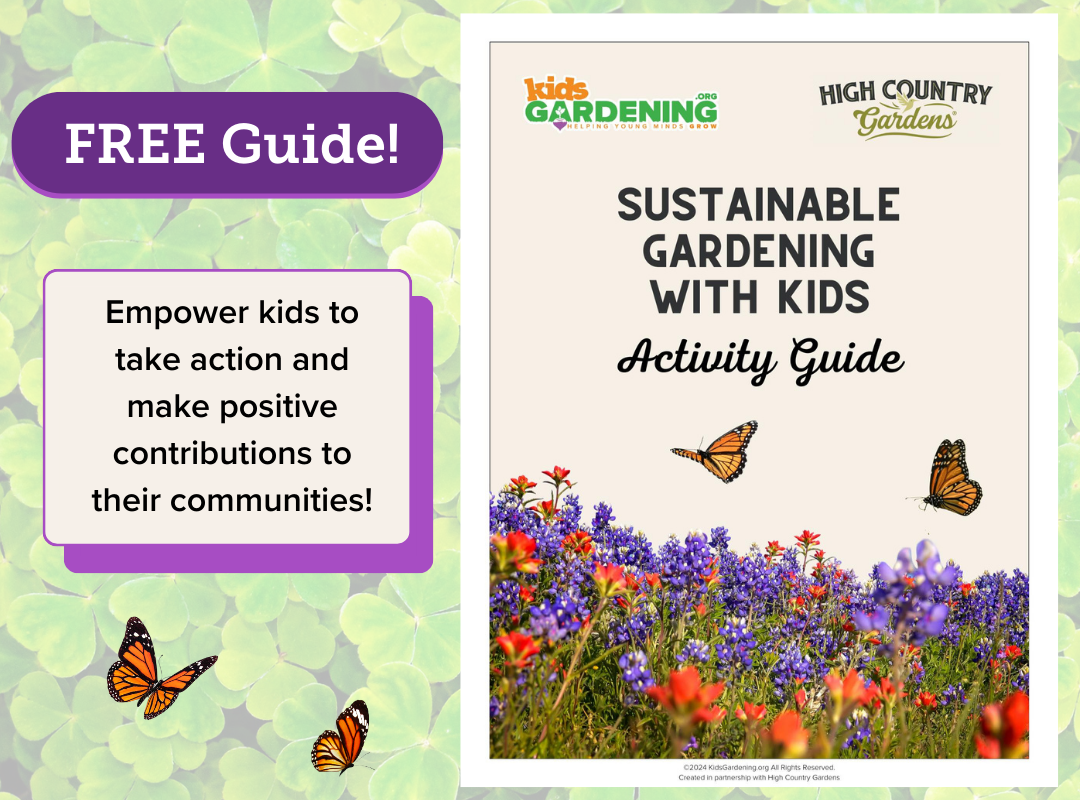Bringing your class outside for lessons and educational activities can result in a slew of benefits for students, from deepening their connection to the outdoors to expanding their perception of how learning can take place. And considering that many public health experts are recommending transitioning as many activities as possible to airy or completely outdoor spaces to minimize the potential spread of COVID-19, what better time than now to embrace outdoor learning environments.
But teaching outside can also be challenging. “My students go wild when I take them out,” “I can’t get them to focus—it’s just too chaotic,” are some of the most common refrains expressed by teachers in the early stages of engaging in outdoor learning. While many educators would agree that student energy levels tend to skyrocket when given the opportunity to venture outside, understanding why this is the case can be the key to creating more manageable and productive visits to your Outdoor Classroom.
For many elementary-aged students, the only time they go outside during the school day is recess, and perhaps gym. Both of these situations are generally high energy and are largely characterized as a time when students can let loose and have some wiggle room—a brief escape from more sedentary and confining classroom expectations such as sitting quietly at a desk, being a respectful listener and using an inside voice.
This typical school day schedule, with limited time spent outdoors, essentially promotes a belief that learning only takes place in the classroom. Students become inadvertently conditioned to seeing the outdoors as a space where they get a break from learning rather than an environment where learning can occur. And so, the first time a group of students is brought outside for a “class,” they often respond to the outdoor environment in the same way that they would respond to it any other time: by being loud and excited because in their eyes it’s free time! If this is your experience, rather than turning around, going indoors and never thinking about class outside again because it’s “too chaotic,” have a candid conversation with students about how learning can take place in a variety of different settings.
If your school has not taken advantage of an outdoor classroom before, keep in mind that you will need to take time to introduce this new learning environment to your students. Don’t expect your first visit out to be smooth sailing. It may take some time for students to adjust to the concept of an outdoor classroom—in fact, it often takes time for educators to feel comfortable teaching in a non-classroom environment. To make this transition easier for both you and your students, try out a few of these helpful tips:
It may seem obvious to you, but always remind your students that they are going outside for class, not recess.
With the help of students, create a special Outdoor Agreement or Garden Pledge as a way to outline expectations for time spent outside. This document might also include garden-specific behaviors if you have a growing space, such as “ask before you pick something” or “check in with an adult before using a tool.” Bring it with you so students can refer to it while outdoors and revisit it the first few times you venture outside.
Beyond having your Outdoor Agreement or Garden Pledge ready to accompany you outside, consider having a supply of clipboards that students can use outdoors. If you don’t have access to clipboards, it’s easy enough to make your own by cutting down pieces of cardboard and utilizing binder clips or rubber bands as a means of securing paper to your DIY creation. This handy tool not only helps on a practical level for reading, writing and math activities, but this portable desk can also help your time outside feel more official.
Having a dedicated place where students can sit can be a helpful tool for focusing your group. This doesn’t have to be a fancy developed Outdoor Classroom—a few picnic tables or even individual carpet squares that you can set down on the ground are enough to create the feel of centralized meeting space.
Whether you’re sitting down or simply gathering in a standing circle, while outdoors, make sure that whenever you address your students as a group they are facing away from the sun, making it easier for them to pay attention—there’s nothing worse than forcing your audience to squint into bright light. In warm weather, providing a shaded area to make sure uncomfortable temperatures are not detracting from your time is also important.
Additionally, if possible, orient your group of students so that anything you might need to point out is already in their line of sight. Having to constantly turn around to see the trees, natural space, garden beds, equipment, or buildings you’re referencing can be distracting for youth.
Be mindful of other activities scheduled for your space. Taking your students out to read in the garden may not be that successful if another class is participating in PE nearby. Creating a calendar to share outdoor classroom plans across the school can be very helpful.
You don’t need a garden to teach outside, simply using a school lawn or playground space as an outdoor teaching venue is perfectly valid no matter the subject matter you’re addressing. Embrace whatever space you have and harness student energy! Recognize the impact the freedom of an outdoor learning environment has on a child and push the boundaries of your comfort zone as an educator accustomed to working in an indoor classroom.



